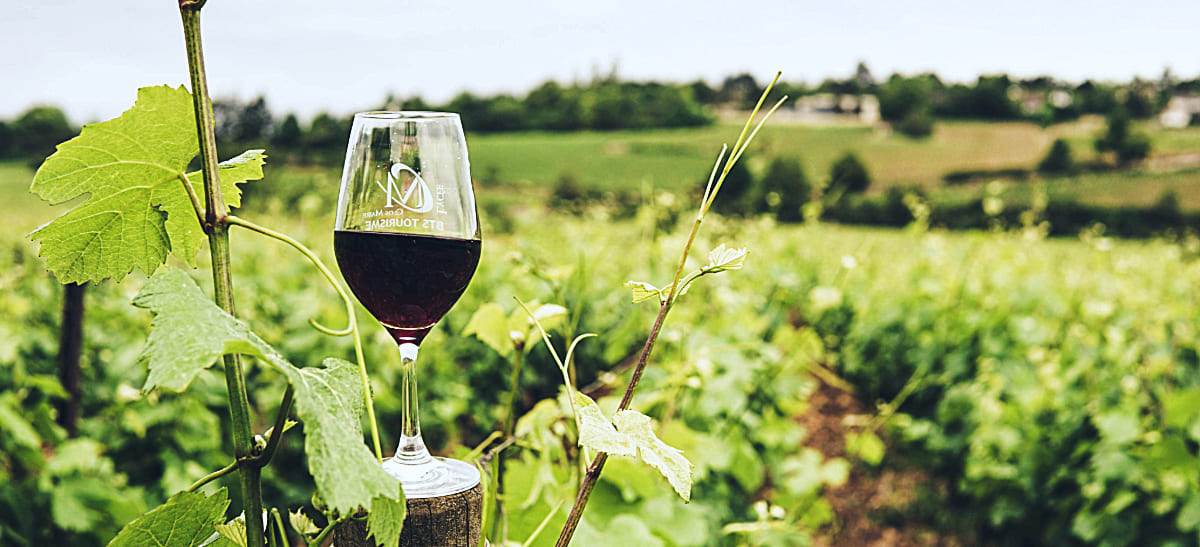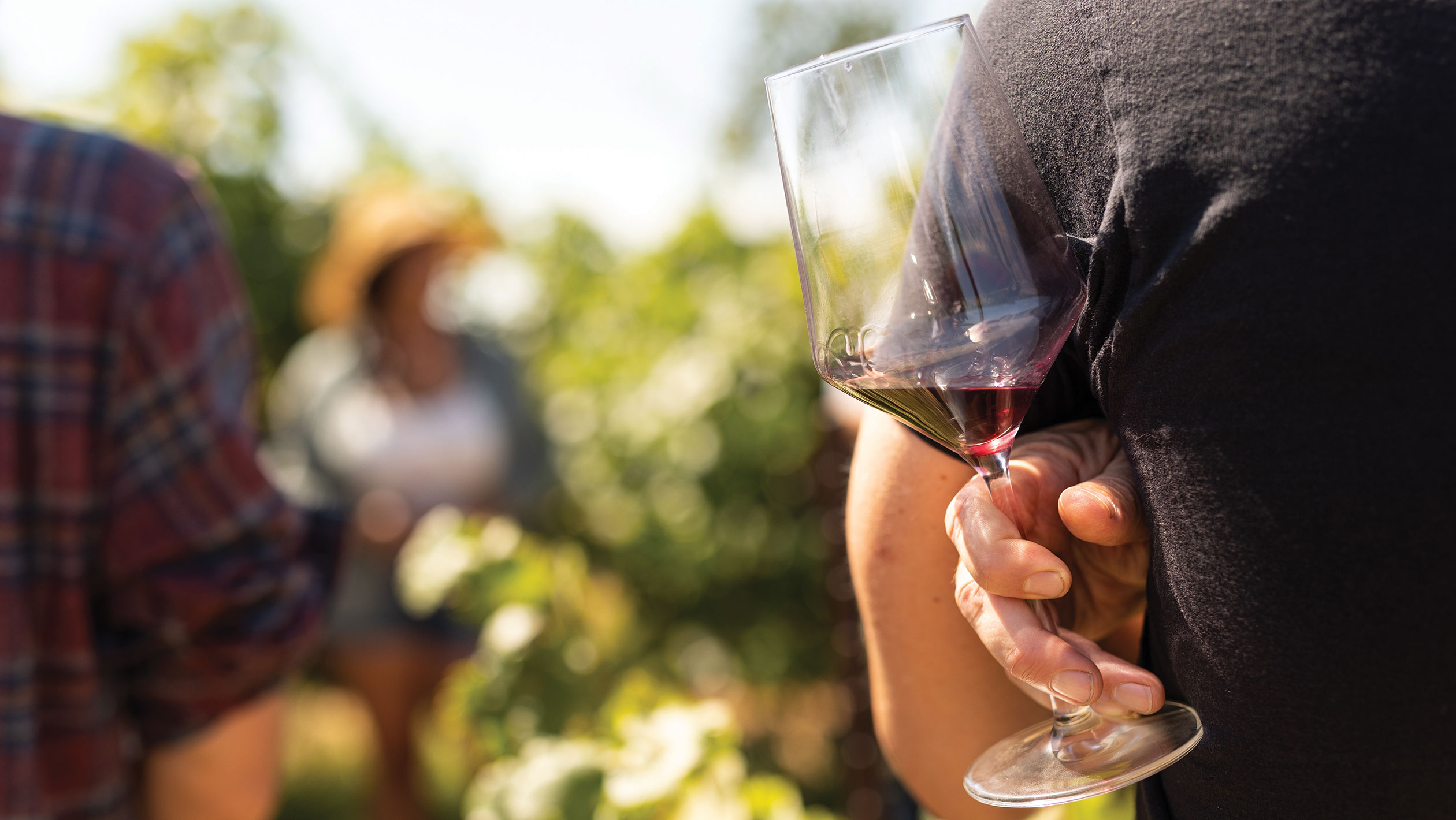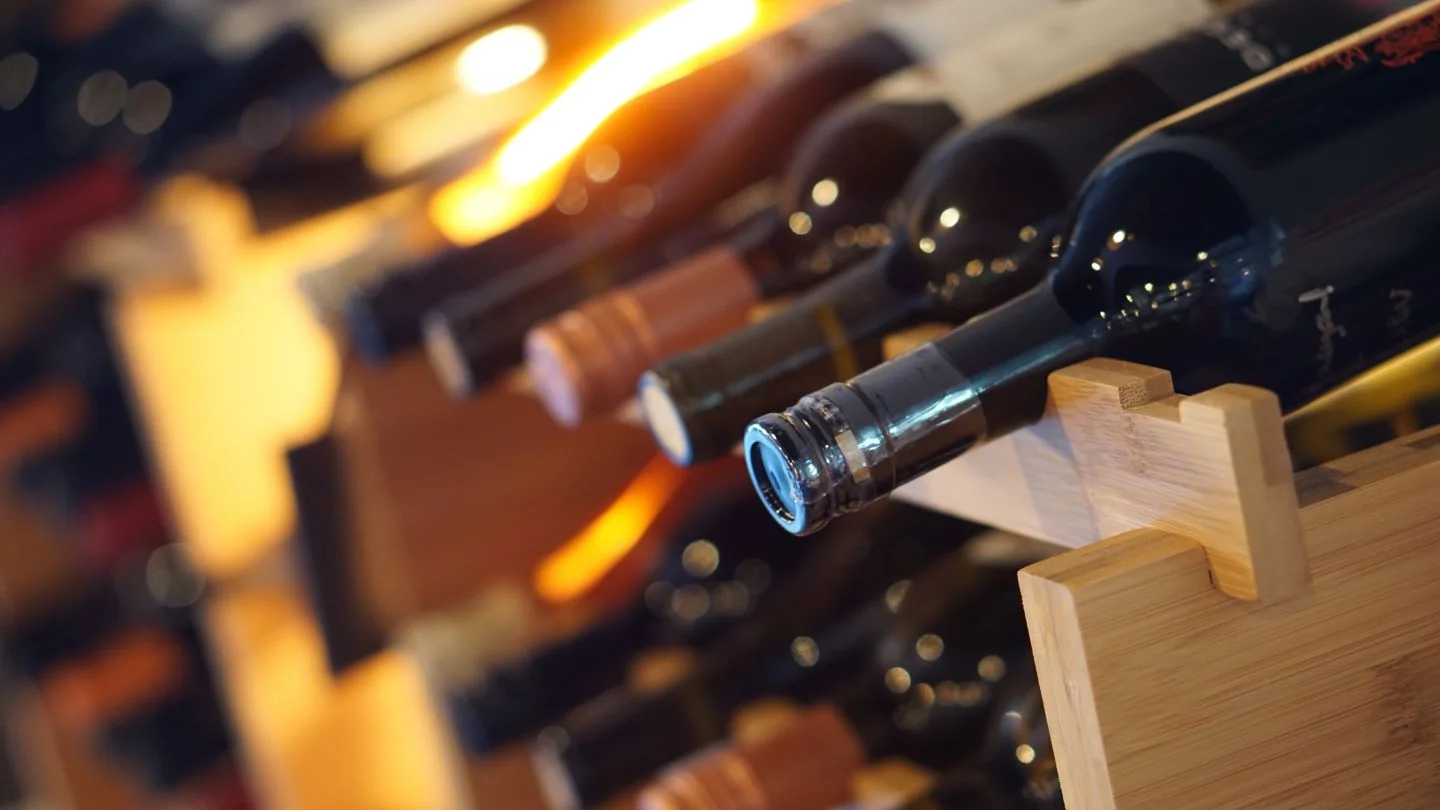The wine industry is facing turbulent times, but consumers are enjoying unprecedented advantages in terms of quality and affordability. The State of the Wine Industry report highlights that wine sales in 2024 declined compared to the previous year, a rare occurrence in American history.
Despite these challenges for wineries, tasting room fees saw a notable drop, with average regular fees decreasing by 7 percent and reserve fees by 3 percent. For wine enthusiasts, this means more opportunities to access premium wines at attractive prices, even as the industry braces for further declines.
Wine sales are in a downward trend, with direct-to-consumer (DTC) purchases dropping by 10 percent in 2024, marking the third consecutive year of decline. Revenue from DTC sales also saw a record 5 percent drop, reflecting reduced consumer demand.
The generational shift is a key factor, as Baby Boomers, traditionally the most enthusiastic wine consumers, are aging out of the market. Younger adults, meanwhile, show less interest in wine, often constrained by financial challenges as wine prices continue to rise faster than wages. These factors have created a difficult environment for wineries to thrive.

Targeting a New Consumer Base
Industry experts recommend focusing marketing efforts on consumers aged 30-45, who are more financially stable and open to premium purchases. Unlike 20-somethings, who often lack disposable income, this group has established opinions about alcoholic beverages and may be more inclined to consider wine if approached strategically.
Wineries are encouraged to highlight wine’s quality and versatility to appeal to this demographic, which represents a significant potential market. The aim is not to educate novices but to convert those who already have preferences for other beverages into wine enthusiasts.
Not all regions and product categories have experienced the same outcomes. While regions like Virginia reported a good year, major wine-producing areas such as Sonoma County and California’s San Joaquin Valley faced significant struggles. Prosecco emerged as the sole category with increased sales, growing by 2.7 percent, while Sauvignon Blanc held steady without a decline.
In contrast, red wine varieties like Syrah and Malbec saw sharp drops in sales, losing 24.5 percent and 17.4 percent, respectively. The popularity of no-alcohol and low-alcohol wines surged by 27.2 percent, showcasing a growing interest in alternatives driven by health-conscious trends.

Financial Disparities and Production Concerns
The financial performance of wineries reveals stark disparities. Premium wineries, particularly those selling directly to consumers, reported an average revenue growth of 22 percent, while the bottom quartile suffered a 16 percent decline.
Meanwhile, California’s grape harvest was the smallest since 2008, with an estimated 20 percent of grapes left unharvested due to oversupply. Farmers are struggling to sell their land as vineyard prices drop, leaving them vulnerable to a tightening market. Wineries also face pressure to renegotiate grape contracts, likely leading to lower prices for growers and potential discounts for consumers.
Despite the challenges faced by the wine industry, consumers have much to celebrate. Private-label wines, which saw a 9 percent rise in sales, now benefit from higher-quality grapes due to an oversupply in the bulk wine market. Experts emphasize that wine quality has never been better, with producers consistently delivering exceptional offerings.
Additionally, price reductions and promotional discounts make this an ideal time for consumers to explore a variety of wines without breaking the bank. While the industry works to stabilize, consumers can enjoy a rare combination of improved quality and affordability in their wine selections.


